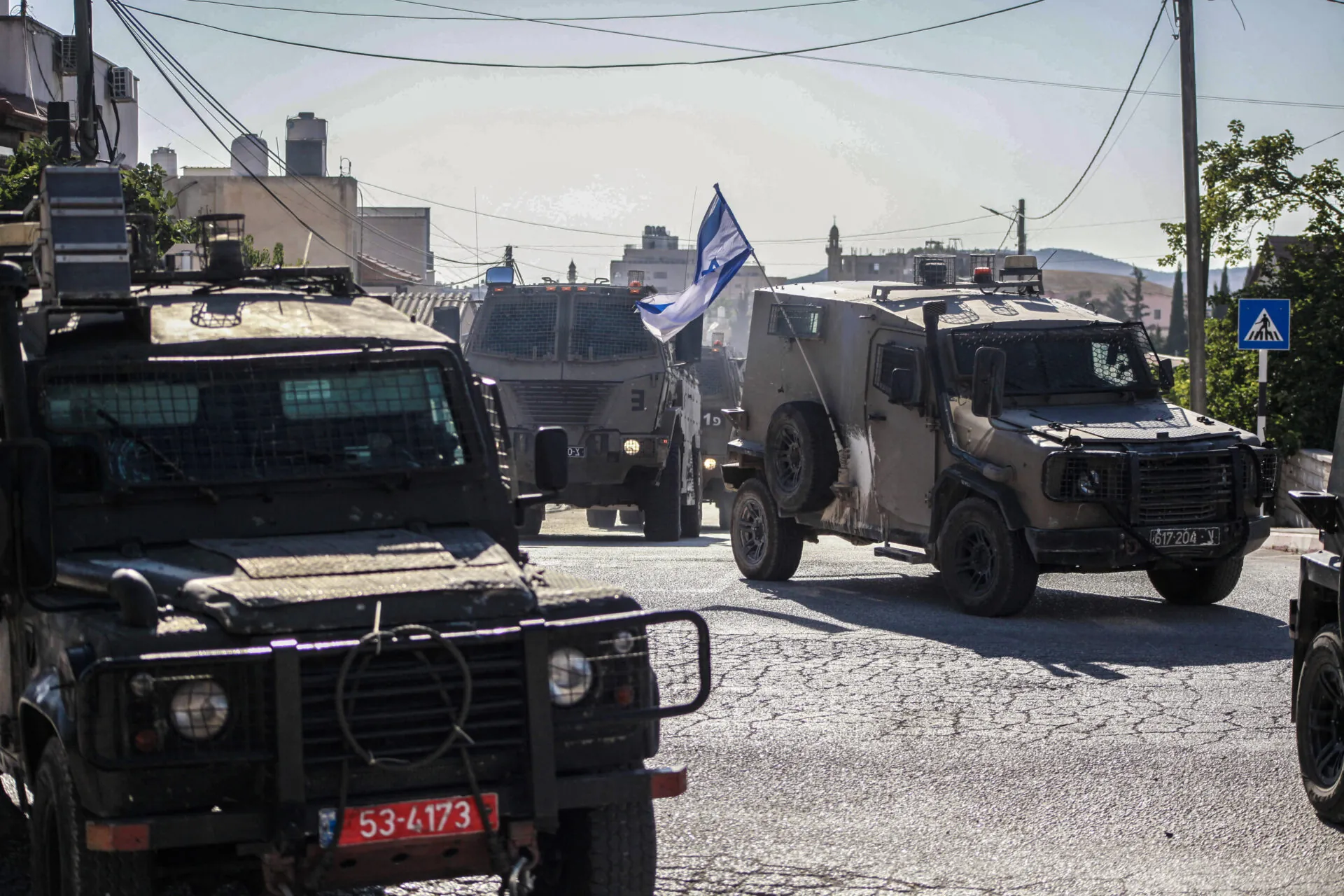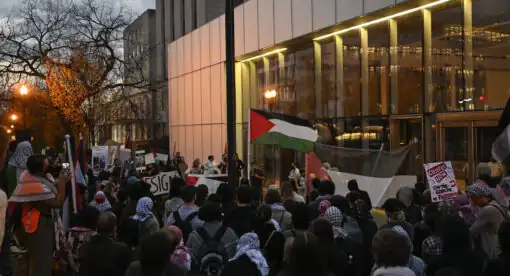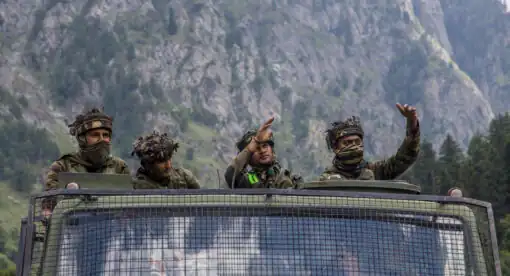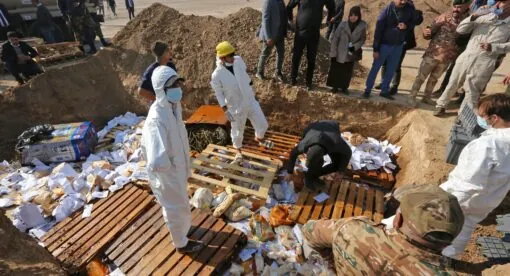Conflict stabilization precedes conflict termination. However, the process of urging, enabling, applying pressure to, or ensuring this transition is beset with challenges. Each nation handles those differently based on its strategic outlook, its degree of political sagacity, and the confidence acquired over a period of handling turbulence in different ways. For example, India and Israel have different methods of approaching the conflicts in Jammu and Kashmir (J&K) and the Palestinian Territories.
J&K and the Palestinian Territories are often perceived as having similar characteristics in terms of the military or quasi-military environment. That is actually not true and needs to be clarified. The thought processes; doctrines in play; strategic, operational, and tactical nuances; application of force; and other parameters that go into taking hostilities from stabilization to termination in the two conflicts bear comparison and analysis.
Comparing Strategic Environments
Both the J&K and Palestinian conflicts are legacy political issues dating back to 1947-1948; their histories have even longer heritage. J&K signifies for India the concept of “one nation” – that citizens of different faiths can live together. Its principal adversary, Pakistan, believes that since J&K has a Muslim majority population, it is legitimated to form part of the territories of Pakistan and that Pakistan was denied this in 1947 when India was divided into two parts. It has unsuccessfully fought four conventional wars with India to try and wrest the whole or part of J&K from India. Since 1989, it has sponsored a brutal proxy hybrid war in J&K to bleed India by what it calls “a thousand cuts.” The basic premise of this doctrine is that Pakistan cannot defeat India in a conventional war, so it instead has waged a covert, low-cost, low-intensity war, with government sponsorship of terrorism at the core, to wear India down to the point where it will come to the negotiating table.
In the case of Israel, it’s again a question of legitimacy and rights. The British handed over large territories inhabited by Palestinian people to Jewish settlers, who perceived this as a return to their homeland from where they were evicted 2,000 years ago. There is a degree of morality, here, as none can question Jewish legitimacy and claim but also none can deny the Palestinian people that this has been their land for all these centuries. The conflict is about who is legitimized to occupy this space.
The largest commonality between the Palestinian and J&K issues is the complexity of the conflict. Each side justifies its claims and has a set of international players and big powers to back it, making it even more complex. In the case of J&K, it’s a proxy war sponsored by Pakistan, while in the Palestinian Territories it’s a war between Palestinian terrorists backed by the Arab nations and Israel, which is backed by the U.S. These are hybrid conflicts, and their intensity has varied over years.
Terrorism as a Strategic Weapon
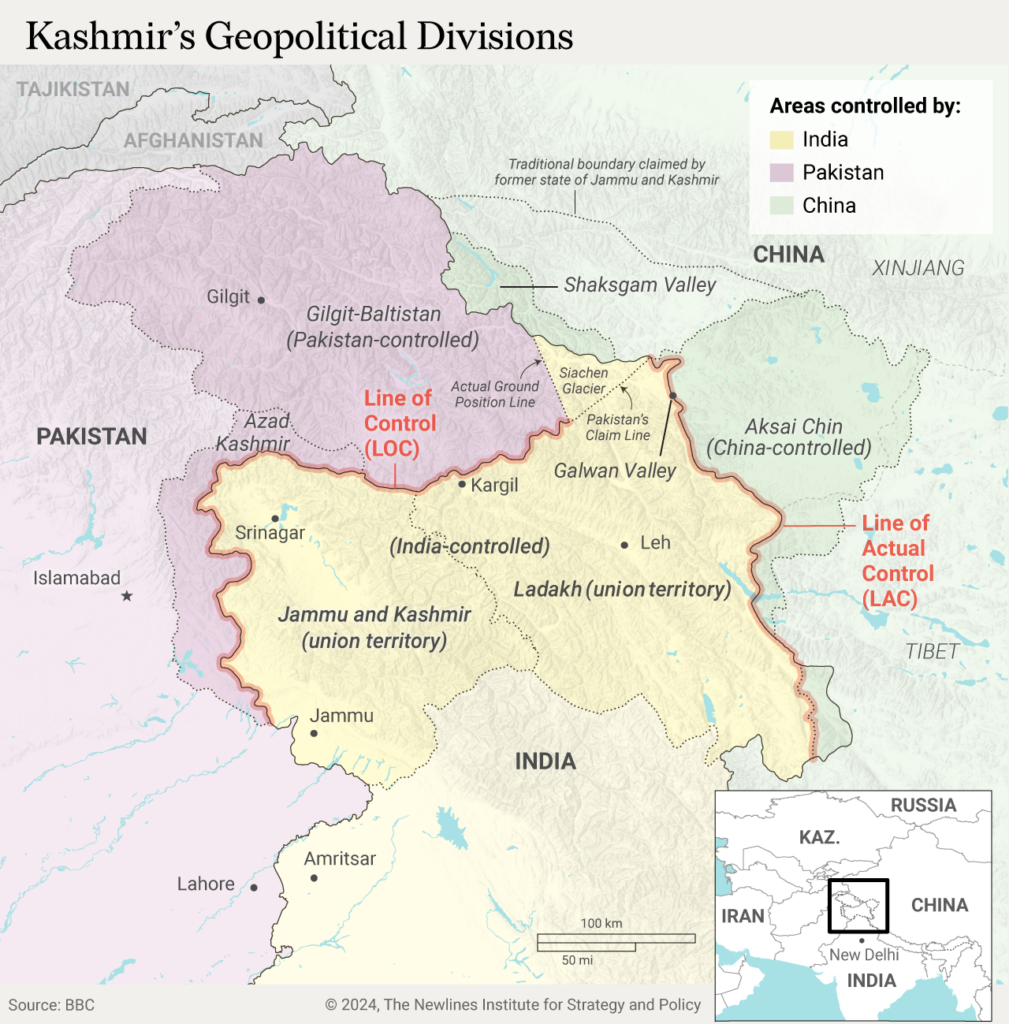
Pakistani and Kashmiri Groups
A commonality exists between the Palestinian terrorists and Pakistan-sponsored terrorists. In both cases, there is never a static doctrine; the groups have remained dynamic and contingent upon the situation. There has been proactivity and defensiveness in mixed proportions.
The Pakistani concept of using terrorism as the core aspect of the proxy war has many built-in complexities. It has used two types of terrorist entities as the proxy force. The first is a set of locally recruited and sponsored youth whose motivation is high; training is of comparatively poor quality, and the ability to sustain a movement is very suspect. The second type is foreign fighters. In 1989, Pakistan attempted a purely localized movement of terrorists but failed to sustain it beyond 1991, when it switched to employing foreign terrorists in the form of the international mujahideen, the legacy fighters from the Afghan war with the former Soviet Union dating to the 1980s. Since 1996, the terrorists have mainly been Pakistani, supported by a plethora of networks at the state, district, and sub-district level, with a legion of overground workers who provide the resources, logistics, and finances and arrange hideouts. Another network that works separately is that supporting infiltration that occurs from across the Line of Control (LoC, the de facto Indian-Pakistani border) and includes covert reception parties for infiltrating foreign terrorist groups.
Pakistan’s largest intelligence agency, the Inter-Services Intelligence (ISI), is the paymaster and the controller. Specific operations are planned and executed under ISI directions. Operations as big as the Pulwama strike by an improvised explosive device that killed 40 policemen in a bus on Feb. 14, 2019, are directed from Islamabad, but terrorist groups prefer smaller operations aimed to cause turbulence wherever possible. The ecosystem that sustains the proxy war has backing from Kashmiri separatists who seek merger with Pakistan or the right to an independent J&K. The media has had a major role in sustaining the energy of the movement and painting Indian security forces in negative light.
Religious ideologues have played a substantial role in rallying the movement. Very early, Pakistan realized that promoting a more radicalized Islamic ideology rather than middle-path Sufi Islam in J&K would garner more support from transnational Islamic movements. Pakistan’s assiduous work on this strategy managed to change even the management of most mosques in Kashmir, thus enabling the rise of a more radical outlook among youths.
Terrorists’ operations have mostly targeted military and police vehicles, political figures, soldiers on leave, and security establishments. In the course of 35 years, there have been no more than four or five suicide bombings by personnel or vehicles strapped with explosives. However, suicide attacks – in which terrorists carry out raids knowing they will not survive – have been far more frequent. In 1999, 10 years after commencement of the J&K proxy war, the ISI changed tactics. It brought in mostly Pakistanis recruited from the low strata of society to execute sneak suicide attacks on Indian security establishments, forcing, for some time, an out-of-proportion defensive approach by the Indian security establishment before counter drills and procedures could be made efficient. From 2008 onward, Indian forces reduced the terrorist footprint but enhanced the turbulent practice of protests in the streets; the model involving intense stone throwing was borrowed from the Intifada of the Palestinians.
The Palestinian Terrorists’ Doctrine
The Palestinian employment of terrorism has evolved over time; Hezbollah and Hamas’s recent employment of suicide attackers is a long way from Al Fatah’s use of limited attacks. Suicide attacks rose during the Intifada movement, causing the Israel Defense Forces (IDF) to take rigorous countermeasures. Between 1993 and early August 2002, more than 135 Palestinian suicide bombers had detonated themselves in the vicinity of Israeli civilians or soldiers.
Radical Islam has played a significant role in maintaining motivation for such attackers, although the Sunni nations of the Arab world have been wary of this. However, Iran – being a Shiite republic – has still been able to cultivate Palestinian Islamist terrorist groups who are Sunni.
Israel must contend with three fronts: In the north is Hezbollah, sponsored by Iran and unknown other non-state entities; in the south and on the West Bank is Hamas, which has now taken shape of almost a conventional army. For a few years now, Hezbollah’s efforts have been more quasi-conventional, employing missile attacks on Israeli establishments and retaining a threat pattern that keeps the IDF conventionally deployed. Hamas, on the other hand, has multiple ways of striking. Targets are not limited to the IDF but extend to Israeli civilian. There are no qualms about civilian lives and targets – quite unlike in J&K, where terrorists avoid targeting local civilians unless they are suspected informers.
Since Oct. 7, 2023, Hamas has massively scaled up in preparation of Gaza as a conventional battlefield with the intent – much like the 1973 Yom Kippur War – to trigger major international concern about the plight of the Palestinian people and bring about a serious effort to find a solution towards giving the Palestinians a homeland.
India and Israel’s Counterterrorism Strategies
Just as terrorist groups’ strategies in both conflict zones have been dynamic over many years, the counterterrorism (CT) strategy evolved correspondingly.
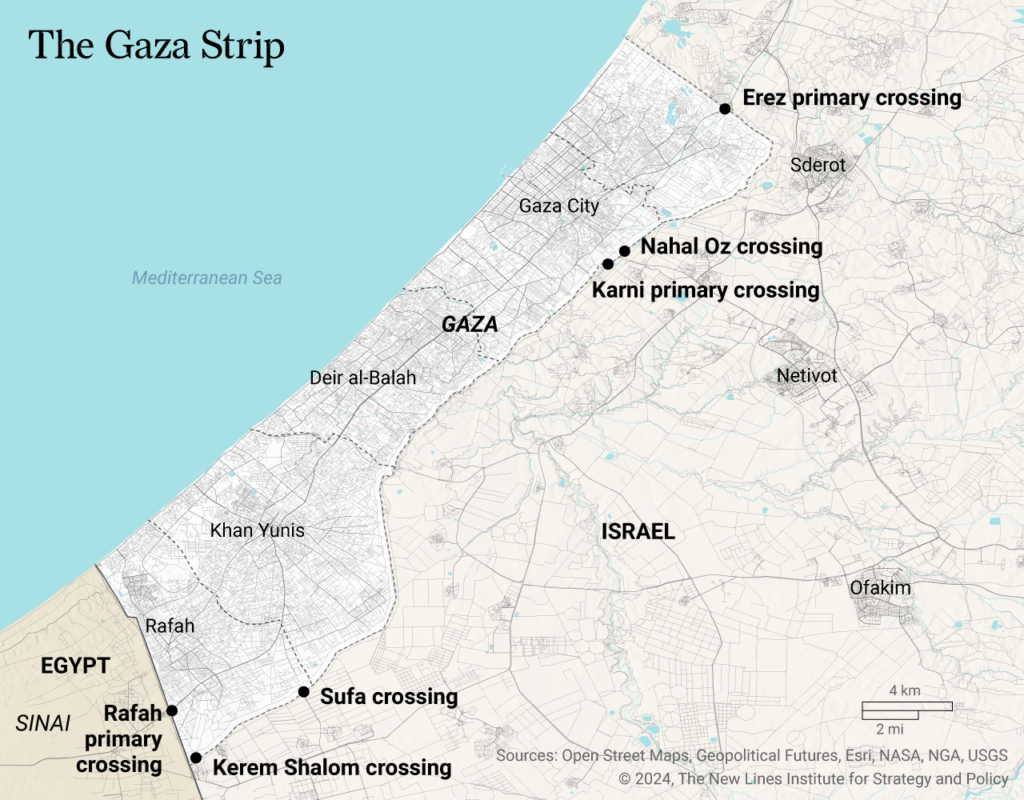
India’s Strategy in J&K
Indian strategy has a clear political aim: ensuring that J&K – its territories and its people – remain part of the Indian nation. Very early in its campaign, India realized that it could not tie down the Indian Army in internal operations but there was a need to make sure there was no infiltration from the Pakistani side on the LoC. One of the first and perhaps the most significant decisions was to raise a specialist CT force called the Rashtriya Rifles (RR) for the army from within its own ranks. Among the many advantages of the RR has been the permanent presence of its 63 units (1,100 members each) on the CT grid, thus overcoming problems of continuity, sub-tactical intelligence, and source running and control. The force is self-reliant, holistic, and well-structured for counter-terrorist operations. RR is a trained buffer force that not only conducts counter-terrorism operations but also assists the Indian Army during conflicts, as was seen during the Kargil stand-off.
Reinforcing the grid are units of Central Armed Police Forces organizations that handle both the urban areas and some regular army units. A unique organization from the local J&K Police called the Special Operations Group ultimately became the main handler of actionable intelligence, and its very close cooperation and functioning with the RR has paid huge dividends.
The CT grid units conducted different types of operations such as night ambushes, search-and-destroy, and cordon-and-search operations. In the initial years, different forces executed these operations individually, but later those forces were better integrated with police. Most terrorists were eliminated through actionable intelligence about hideouts in urban or semi-urban areas, resulting in quick cordoning and neutralization.
At the height of the threat, the terrorists were approximately 3,000-4,000 strong. In 2001 alone, 2,100 violent extremists were neutralized. In 2003, the Indian Army decided to execute ways of bringing their numbers to fewer than 1,000. It strengthened the counter-infiltration grid and created a physical barbed fence system along the LoC. The system was borrowed from an idea adopted by the IDF, which had constructed a wire fence on the Lebanese border and the famous Israeli West Bank Wall, a separation barrier built along the Green Line and within parts of the West Bank to prevent access by Palestinians to the Israeli areas. What the Indian army found fascinating was the systems approach where every component of the resources deployed in connection with the obstacles played a unique and integrated role. The LoC fence was a continuous barrier, constructed and manned in difficult mountainous terrain, to act as a trip wire for Pakistani terrorists’ efforts to infiltrate Kashmir. That alerted specific CT forces who responded to resist and ultimately neutralize the terrorists. The number of terrorists dropped drastically due to Indian forces’ control over infiltration and regular elimination.
Two other important aspects deserve mention. First is the adoption of operations backed by the doctrine of Winning Hearts and Minds. In Operation Sadbhavana, the army’s activities included five areas for extending support to the people in the conflict zone: education, health care, women’s empowerment, small-scale infrastructure, and national integration. It ensured support to the district administration in these fields to prevent any dilution in basic administration due to the low-intensity conflict prevalent in the area.
The second domain consisted of measures to prevent people from moving and stockpiling resources and ensuring that public funerals for both foreign and local terrorists were prevented. This ensured that terrorists would not have access to the resources they need and that funerals would not be used to boost recruitment.
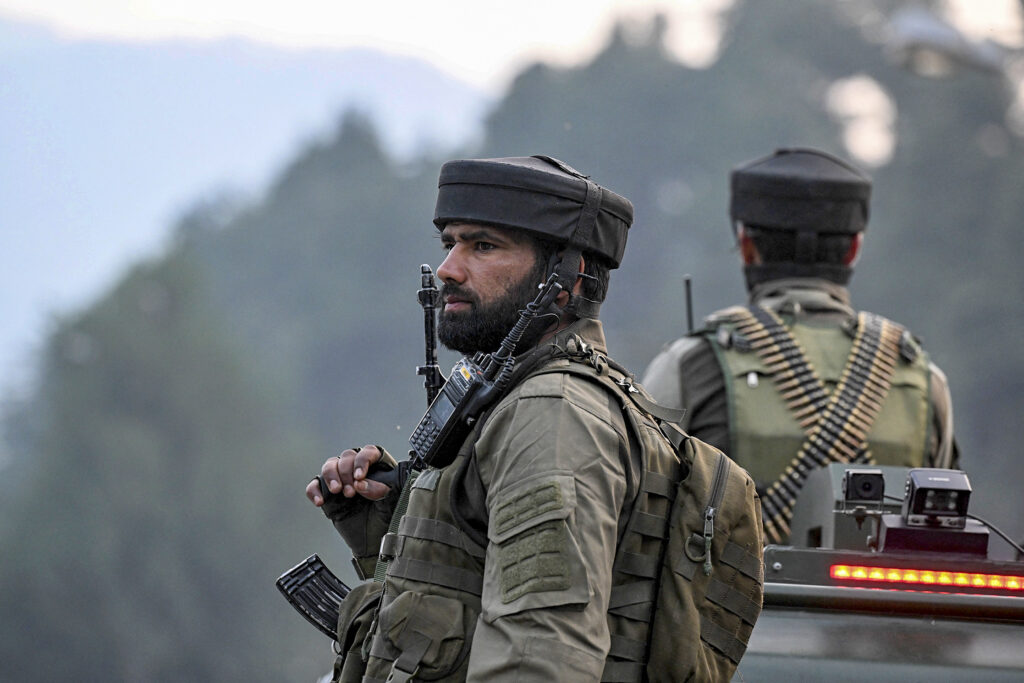
The Israeli CT Campaign
There is much that the Indian army and other security forces have learned from the IDF. However, the IDF is currently associated more with the intense operations in Gaza. It’s important to mention the doctrine adopted in earlier times when a high-intensity operation of the current kind in Gaza was not under execution. The mission and values of the IDF are well documented, but they do not always inspire confidence. On visits to Israel, the author was briefed by both the IDF and civil society organizations. The author met Yehuda Shawl, the founder of the civil society organization Breaking the Silence, who said, “We all agree that the occupation cannot be a solution and must be ended, as military rule over a civilian population can never be moral or humane.”
A difference between Indian security forces and the IDF has been the level of legitimacy of allegations of human rights violations. The world hardly supports these against the Indian security forces, treating these as incidental to counterterrorism strategy. In the case of IDF, there has been loud condemnation from the United Nations and International Court of Justice, among other entities.
Even on the conventional warfare front, while confronting terrorist groups such as Hamas, who are today functioning in a much more organized manner, the ability of the IDF to operate and succeed by its doctrine of “last terrorist dead” is highly questionable. In fact, emerging literature appears to point to quite negative outcomes for Israel.
The IDF had firm belief that the Indian Army’s doctrines are too soft to handle hardcore terrorism. The Indian Army has appreciated the differences in the functional environment and it is often perceived that it treats the people of J&K as its own people and work to change their mindsets and sense of belonging to India. The IDF, on the other hand, treats the Palestinian people of Gaza or the West Bank as aliens, quite differently to its own people. Admittedly, Gaza and the West Bank territories under Palestinian control have populations from within which terrorists emerge as they do in Kashmir. Efforts to prevent that in an effective, non-kinetic way are obviously lacking.
Israel has a robust legal framework to combat terrorism and promote international legal assistance in the investigation and prosecution of terrorists. India has something similar, but its execution has been highly suspect in view of a local judiciary that did not support the actions of the Army, especially in the early years of terrorism in J&K.
An interesting comparison would be the quantum and quality of intelligence available to Indian security forces and the IDF in their respective functional environment. Both have suffered the ignominy of failure but also had some spectacular successes, proving that intelligence is situational, to be maximized with a mix of technology and human indulgence. The IDF failed to pick up any signals on the planned Hamas attack on Oct. 7, 2023, largely due to insufficient attention to human intelligence. Miles of tunnels in the Gaza Strip were constructed for which tons of concrete was transported and as much earth excavated, without any information from the IDF’s intelligence system. Eyes in the sky in the form of drones have existed over Gaza, but it seems the IDF turned a blind eye to the deliveries of concrete.
The intent here was not to paint one side or the other as better in terms of the approach to combating terrorist activity. Both have been effective and have also had spectacular failures. Violent extremists are wily and far more flexible in approach and strategy than standing security forces can ever be, but the mutual recognition of each other’s best practices by different CT forces of two friendly countries will contribute to better outcomes for both.
Lt. Gen. Syed Ata Hasnain is the former commander of India’s Kashmir Corps.
The views expressed in this article are those of the author and not an official policy or position of the New Lines Institute.

